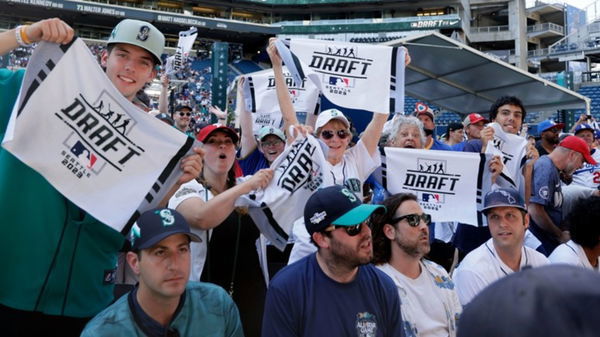
Imago
Credit: AP Photo/John Froschauer

Imago
Credit: AP Photo/John Froschauer
Year after year, the Dodgers, Yankees, and Mets dominate headlines with blockbuster deals, mega contracts, and eye-popping payrolls. From Shohei Ohtani’s $700 million to Juan Soto’s arbitration record, these clubs haven’t hesitated to throw their financial weight around. But as the 2025 MLB Draft rolls into Atlanta this Sunday, something will feel off—eerily quiet from three of the sport’s loudest franchises.
Watch What’s Trending Now!
These teams are no strangers to picking late in the first round, a natural result of consistent postseason appearances. Even then, they’ve managed to uncover gems and build strong farm systems despite less favorable draft positioning. But this year, they won’t just be picking late, they’ll be skipping the first round altogether.
That’s because the Dodgers, Yankees, and Mets all exceeded MLB’s second Competitive Balance Tax (CBT) surcharge threshold during the 2024 season. The moment their payrolls soared beyond $277 million, they triggered one of the league’s stiffest penalties: a 10-spot drop in their first-round draft pick. That means the Dodgers’ top selection falls to No. 40 overall, while the Yankees and Mets are similarly pushed into the compensatory range. In short, they’re out of the true first round.
ADVERTISEMENT
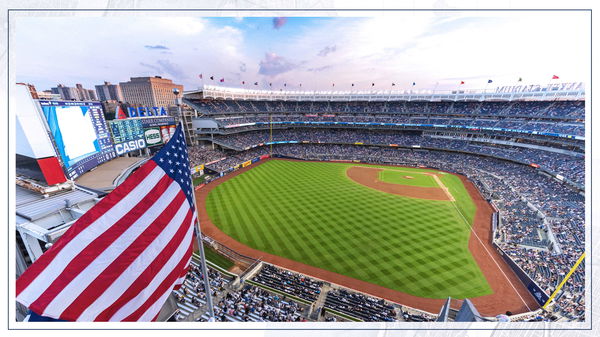
Imago
MLB.com
It’s a tax aimed at more than just dollars; it hits future potential. The CBT was built to curb runaway spending and encourage financial balance across the league. But this specific penalty, introduced in recent years, cuts deeper. It doesn’t just penalize overspending; it delays access to top-tier amateur talent. And in a league where homegrown stars often become championship centerpieces, that’s a price no contender takes lightly.
Still, don’t expect panic. The Dodgers, despite rarely picking early, boast one of the top farm systems in baseball. The Yankees are still nurturing top notch pitchers. The Mets, though relatively new to the development game are focusing a lot of resources in scouting and data analysis. These teams are geared up for the run and their knack for discovering talent beyond the top 30 picks is what sets them apart.
ADVERTISEMENT
So while big market giants enthusiasts might need to exercise patience on draft night, history suggests they will still manage to uncover future stars. Missing the first round? That’s just the price of doing (big) business.
ADVERTISEMENT
Everything you need to know about MLB draft pool money, slot values & how it all works
The MLB Draft goes beyond spotting talent like Bryce Harper or Paul Skenes; it’s a financial game where each dollar holds as much weight as every pitch thrown in the game. Although fans watch for star names and dazzling plays showcased in highlight reels the team executives are deeply engrossed in another aspect. The distribution of pool money and slot values. If you’re curious about why a team might opt for a player than expected or select a college player in Round 3 of the draft, the rationale typically ties back to the financial framework of the draft.
Let’s break it down.
Top Stories
Blue Jays Retaliate Back on Japanese Babe Ruth Plan After Yankees & Brian Cashman Try to Sabotage Offseason Plan
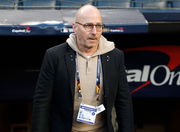
Blue Jays’ Hidden Motive Behind $37M Ex-Mets Heist Surfaces as Trey Yesavage Receives Major Boost
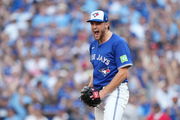
Blue Jays to Show Exit Door to 3 Playoff Stars as Ross Atkins Plans Major Changes: MLB Winter Meeting Rumors
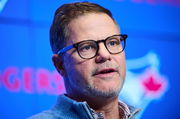
Yankees’ Anthony Volpe Backup Plan Hits Roadblock as Rangers’ Call Grows Uncertain Despite Buzz, per Insider

Yankees Launch Aggressive Push for ‘Next Yoshinobu Yamamoto’ Amid Fresh Zack Wheeler–Phillies Link: Report

ADVERTISEMENT
What Is Pool Money in the MLB Draft?
Every team is given a bonus pool, a set amount of money they can spend on players selected in the first 10 rounds. This pool is calculated by adding up the slot values attached to each of that team’s picks in those rounds. Slot values are essentially MLB’s way of assigning a recommended signing bonus to every draft pick, with higher picks carrying higher values.
For example, in 2025, the No. 1 overall pick (held by the Nationals) comes with a slot value of $11,075,900, the largest in MLB history.
ADVERTISEMENT
How Does the Slot System Work?
Here’s where it gets strategic: Teams aren’t required to pay players the full slot value. They can negotiate under-slot deals, especially with college seniors who have less leverage, and use the leftover money to offer over-slot bonuses to tougher-to-sign talent later in the draft.
That’s why you’ll often see teams take a lower-ranked player early, it’s a budget move to help land a high-upside prep player who falls to Round 3.
ADVERTISEMENT
Penalties for Overspending the Pool
Spending beyond your bonus pool can get expensive quickly. Here’s how MLB penalizes teams that go over:
0–5% over: 75% tax on the overage
5–10% over: 75% tax plus loss of next year’s 1st-rounder
ADVERTISEMENT
10–15% over: 100% tax plus loss of 1st- and 2nd-rounders
15%+: 100% tax and loss of two future 1st-rounders
Only a few teams have ever dared venture into that territory, and none without consequences.
ADVERTISEMENT
Why does it matter?
The pool strategy defines the draft. The Mariners enter 2025 with the largest bonus pool at $17.07 million, which enabled them to pursue top-tier talent. Whereas teams like the Yankees and Mets have the smallest pools (just over $5 million) attributed to luxury tax penalties and dropped picks ,meaning every move they make has to count.
Bottom Line
The MLB Draft isn’t just about picking players, it’s about managing a budget, gaming a system, and finding value in places others miss. In other words, it’s the most strategic draft in professional sports. And it’s happening now.
ADVERTISEMENT
ADVERTISEMENT
ADVERTISEMENT

